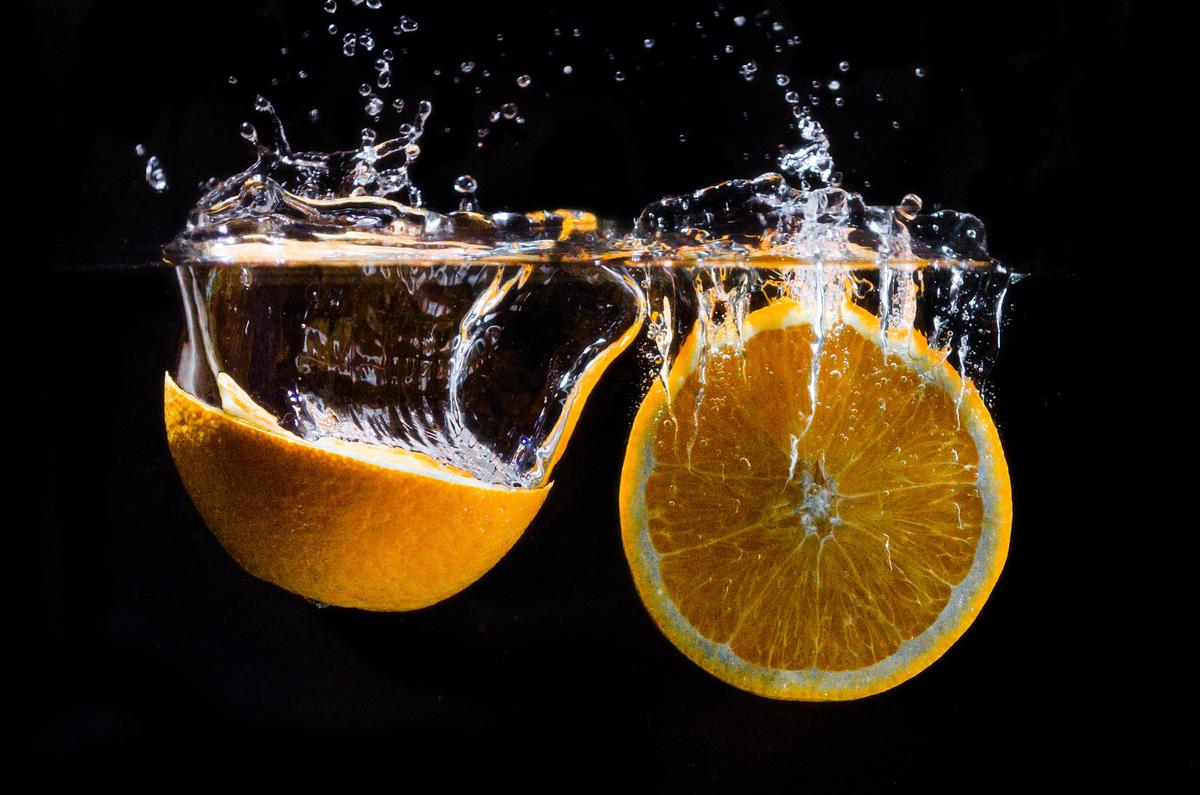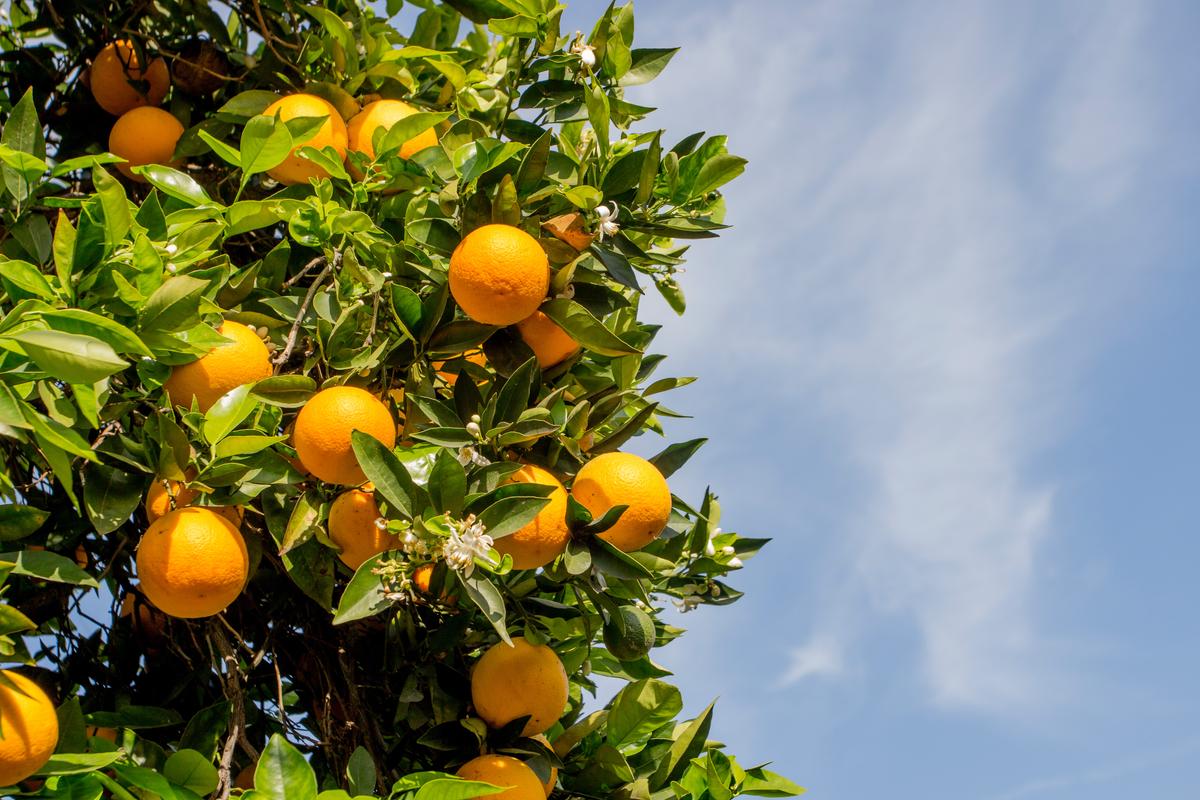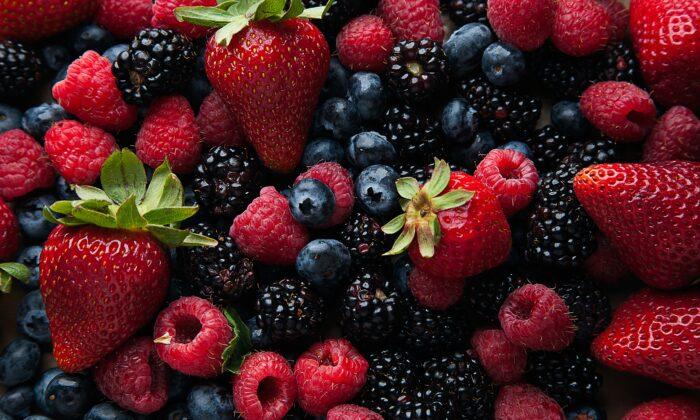Misconception 1: Fruits Are Nutritious, So Eating More Is Not a Problem
Because modern agriculture is capable of producing super sweet fruits, some people eat too much without realizing they are doing so. Some dieters even go so far as to replacing a meal with just fruits, hoping to lost weight.However, consuming too much fruit can not only affect your blood sugar level, but contribute to obesity, fatty liver, and other health problems.
Nutritionist Yang Sihan explains: Fruit sugar, or fructose, is a simple sugar, which can be easily absorbed by the blood. Eating a lot of fruit will increase your blood sugar levels. The liver then converts the excess blood sugar into liver sugar and stores it, which may cause fatty liver.
Misconception 2: Those With Blood Sugar Issues Should Eat Fruits That Are Less Sweet
Sometimes people with high blood sugar try to stick to picking fruits that aren’t so sweet. But the reality is, the sugar content of the fruit and the glycemic index (GI value) are not directly proportional. Sweeter fruit does not mean higher sugar content. Regardless of whether it tastes sweet or not, one serving of fruit (roughly a fist size) will contain 15 grams of sugar.People watching their blood sugar levels should instead pay attention to the GI value of the fruit.
Low GI value (=55): small tomatoes, apples, guavas, oranges, tangerines, papayas, cherries, pears, grapefruits, kiwis, strawberries
Medium to high GI value (>55): ripe bananas, pineapples, grapes, cantaloupes, watermelons, honeydew, mango, lychee, longan
Misconception 3: Drinking Fresh-Squeezed Fruit Juice Is the Same As Eating Fruit
Once juiced, the nutrient and fiber content of the fruit changes and is lowered. Plus, the fruit content in a serving of juice is usually more than a whole day’s recommended servings of fruit total.Misconception 4: Fruits Are Adequate Replacements For Vegetables
Some people dislike a lot of vegetables and prefer eating fruit, these are fundamentally different foods providing different nutrients and calories, and the gut microbiome reacts to these foods different. Both fruits and vegetables are needed in a balanced diet, and neither should replace the other.Misconception 5: Bananas and Oranges Don’t Need to Be Washed Because They Will Be Peeled
Dr. Yan Zonghai, a hospital Department of Toxicology director, stressed that bananas, oranges, lychees, and other fruits that need to be peeled to be consumed must be washed before peeling. These fruits, even in cases when labeled organic, come in contact with pesticides that will linger on your hands as you handle the fruit otherwise.
In fact, he recommends that before eating fruits and vegetables to soak them in running water for 10 minutes before washing them with a soft brush.
Misconception 6: Pesticides Only Come In Contact With the Peel
There are two types of pesticides, Yan explained: contact pesticides and systemic pesticides. Contact pesticides are mostly water-soluble and can be removed by washing; systemic pesticides are absorbed by the rhizome (underground stem) of the plant, and washing the fruit and removing the peel is not enough to remove these pesticides.Yan said that pesticides have the concept of a “withdrawal period.” Fruits can be harvested 2 to 3 weeks after spraying these pesticides. Thus, in order to avoid consuming systemic pesticides one should avoid buying “rush harvest” fruits and vegetables, because there is a chance that the 2-3 week window is then not adhered to.

This is a case for eating seasonally, he explained, to avoid expensive-to-produce out-of-season produce that may have needed more pesticides. Frozen produce is also a better alternative in this case.
In addition, it is not always necessary to peel fruits. Some fruit peels have high nutritional value even though people frequently eat them peeled.
Misconception 7: You Can Salvage Partially-Spoiled Fruit
If the fruit is partially rotting or molding, some people will peel off these parts and eat the rest---likely consuming bad bacteria.One should throw away the entire fruit if it’s partially rotten, because mold in particular easily enters the entire fruit.
But if the fruit is only brown because you’ve recently bruised it, then it’s still safe to salvage.





